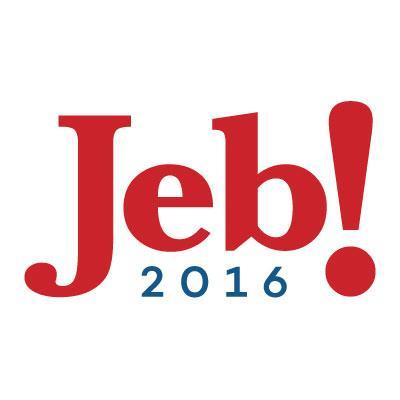Fonts play a big role in branding a political party. While it is important to choose a typeface that well represents the values one holds, the typographical choices a graphic designer makes while creating a set of logos and campaign designs carry a lot more influence than one may initially like to believe.
In a 2012 study conducted by writer and filmmaker Errol Morris, a quiz was published in the New York Times asking readers to answer some questions based on some information that was presented to them, and whether they believed the conclusion said information came to. What the readers were not aware of, though, was that the article was presented to each individual in one of six typefaces (Helvetica, Baskerville, Georgia, Computer Modern, Comic Sans and Trebuchet), in order to observe whether the font something was written in would affect its trustworthiness. It was found that Baskerville was the most credible typeface, while Comic Sans, as one may imagine, was the least trustworthy.
Serif-style typefaces like Baskerville often feels more believable because they are seen as traditional and formal compared to more modern sans-serif fonts like Arial, or even Comic Sans. It was clear that Comic Sans felt the least credible because it was inappropriate to use that typeface in a formal, research-based setting.
 Jeb Bush's 2016 presidential campaign logo featuring Baskerville.
Jeb Bush's 2016 presidential campaign logo featuring Baskerville.
This idea of formality and trustworthiness in typefaces extends past just research, and into our everyday politics. Gothic and traditional fonts, as well as bolder typefaces are considered more conservative and right-leaning, while sans-serif and modernist fonts are perceived more left-leaning. This could be due to a variety of factors, but the one that makes the most sense is that the perception of these two styles is directly linked to the historical foundations and initial judgments about those two political stances: liberal and left advertising and marketing tends to be more focused on the future, while conservative propaganda often stick to traditional core values.
In conclusion, based on historical contexts, appropriate settings and our own perceptions, there are conscious decisions made when deciding on a typeface to use, and this is especially important within political campaign designs in order to be perceived as the most honest candidate. Fonts are highly influential, and yes, some are subconsciously recognized as more trustworthy than others.